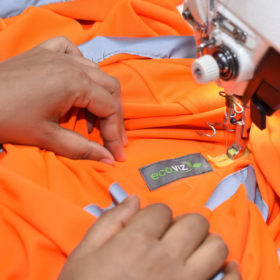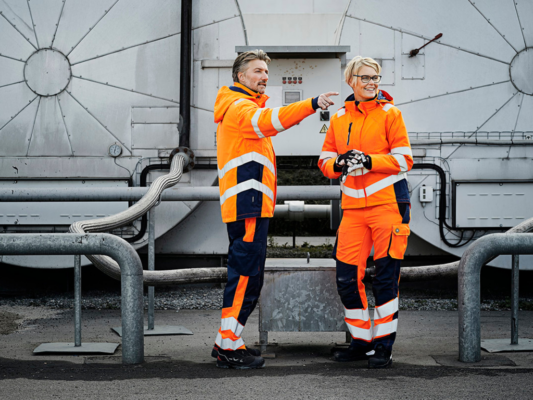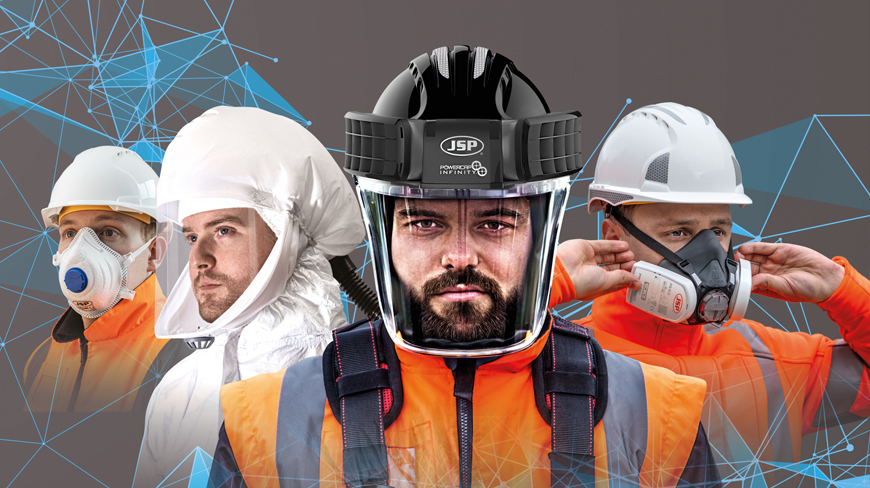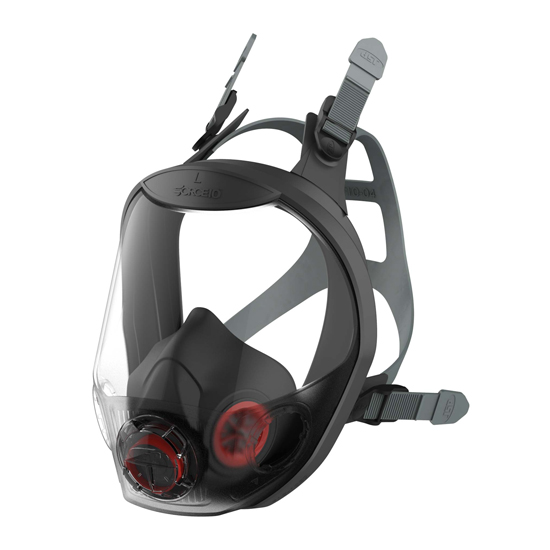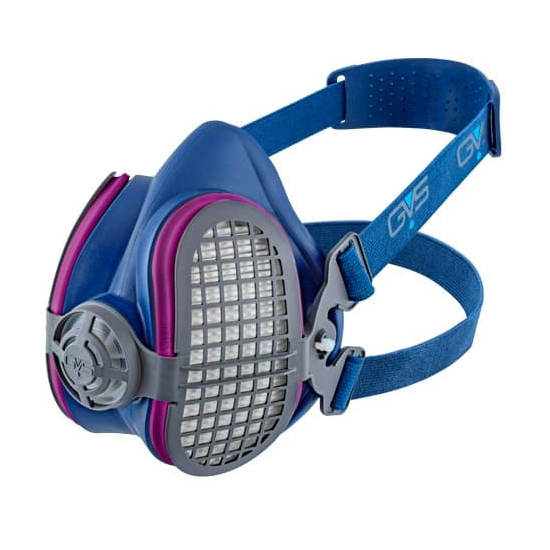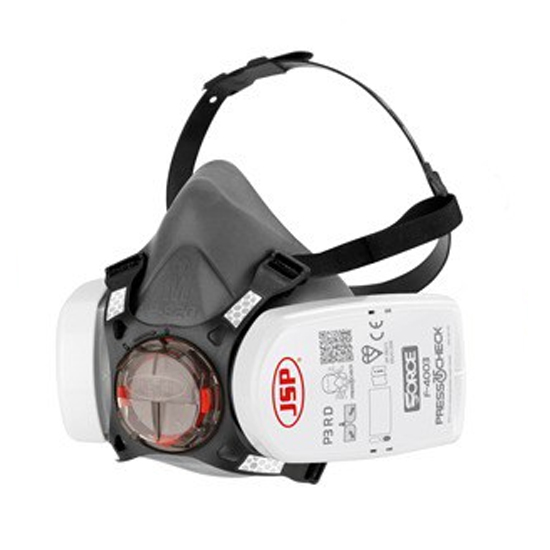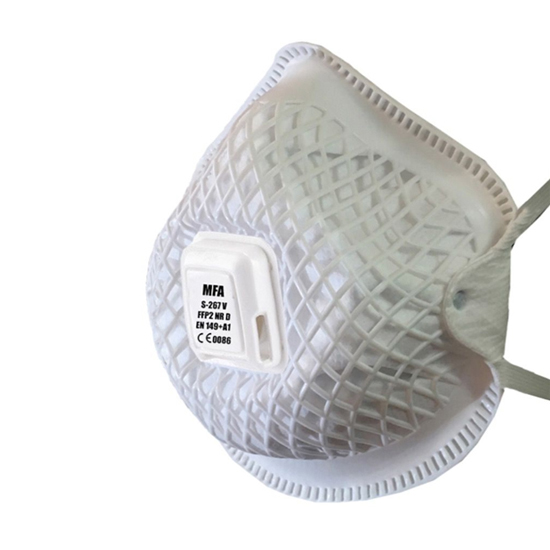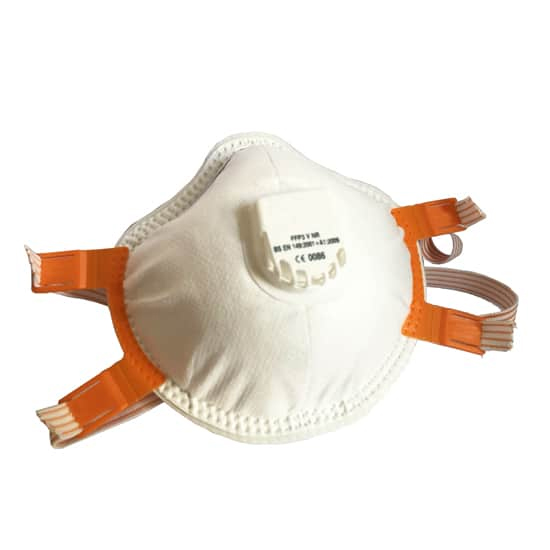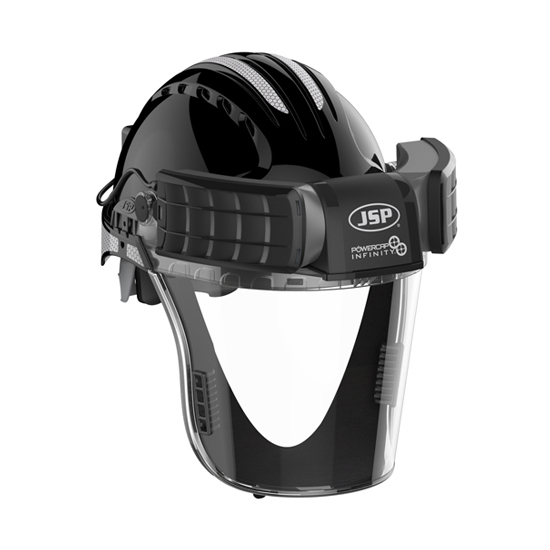No products in the basket.
PPE, Respiratory Protection
What Are The Safety Standards For Respiratory Protection?
What Are The Safety Standards For Respiratory Protection?
One of the main safety standards for respiratory protection is EN 149 – Respiratory protective devices. Filtering half masks to protect against particles. It is a European safety standard that half mask respiratory equipment sold in the UK and Europe must comply with.
Workplace respiratory exposure hazards are encountered in four forms; solid particulates, liquid particulates, gases and vapours. These aerosols and fine dust particles are some of the most hazardous health risks to workers, as they are practically invisible in the air we breathe.
Ensuring respiratory protection for yourself and any workers you are responsible for against the effects of respiratory hazards is therefore imperative. Respiratory products including filtering half masks have been developed to provide different levels of respiratory protection to the end user.
What Face Masks Comply With EN 149?
The EN 149 European Standard of Testing and Marking Requirements of Masks that Filter the Air relates to items such as FFP2 and FFP3 disposable respirators. These masks will cover the nose, mouth and chin and often featuring an inhalation or exhalation valve. The letters FFP stand for filtering facepiece and the number (1/2/3) relates to their filtering efficiency. These disposable filter respirators protect against the inhalation of particulates including dust particles, droplets, and aerosols.
Alongside FFP2 and FFP3 respirators, there is also the option of half mask respirators. These are reusable and can be easily stripped, cleaned, maintained, and reused for an indefinite period of time. The replacement filters, whilst not indefinite, last far longer than single use disposable respirators. Another option is a powered air purifying respirator (PAPR) which is a portable battery powered respirator that filters the air in the wearer’s environment and directs the clean and filtered air to the wearer via a breathing tube. Pressure is then created inside the headwear preventing any unfiltered being inhaled by the wearer.
Are There Any Other UK Safety Standards For Respiratory Protection?
Alongside EN 149, there are a number of safety standards for respiratory protection including:
EN 405 – Valved filtering half mask respirators for gases and/or particulates
EN 140 – Half mask facepieces and quarter masks
EN 136 – Full facepieces
EN 137 – Self-contained open circuit compressed air breathing apparatus
EN 138 – Respiratory protective devices
EN 143 – Particulate filters
EN 146 – Powered respirators – hoods & helmets
EN 147 – Powered respirators – full face, half face or quarter masks
EN 371 – Gas and/or combined filters for use against low boiling point organic compounds.
EN 14387 – Gas & vapour filters
EN 12941 – Respiratory protective devices. Powered filtering devices incorporating a helmet or a hood.
Ok, How Do I Know Which Respiratory Standard Applies To My Job Role?
As mentioned above, each respiratory standard relates to a different type of respiratory protection. A health and safety risk assessment must be carried out by the workplace appointed Health and Safety Officer to determine the respiratory risks an individual may face at work. Following this assessment, the correct health and safety measures must be put in place alongside the purchase of respiratory protective equipment (RPE) to protect employees from these workplace hazards.
How Can I Check My Respiratory Protective Equipment (RPE) Isn’t Fake?
As a result of the pandemic and increased demands on the supply chain, there is a lot of fake RPE in circulation. The best way to ensure the products you have purchased meet their relevant safety standards is by always using a trusted PPE supplier such as Clad Safety or by checking the BSIF Safety Supplier Scheme. The UK has very strict rules on the supply of certified PPE and RPE but if you have any doubt on the validity of your items, please check the certificate of conformity, or get in touch with us. Our team of technical experts will check the authenticity of your products and confirm that they meet EN 149 or the associated respiratory standards. This also applies to all PPE items, not just respiratory protection.
Which Product Meets Which Safety Standard?
Using RPE that meets the relevant respiratory standards and provides the correct levels of protection is imperative when implementing health and safety procedures at work. If you are unsure about the items you need please get in touch. Clad Safety have been suppling PPE and RPE for over 30 year and are a trusted supplier to some of the UK’s biggest brands.
Make sure to read out other posts on respiratory protection including Are Face Masks Just For Covid?, Which Face Mask Do I Need?, Are Fabric Face Coverings PPE? and Face Masks or Fake Masks?
